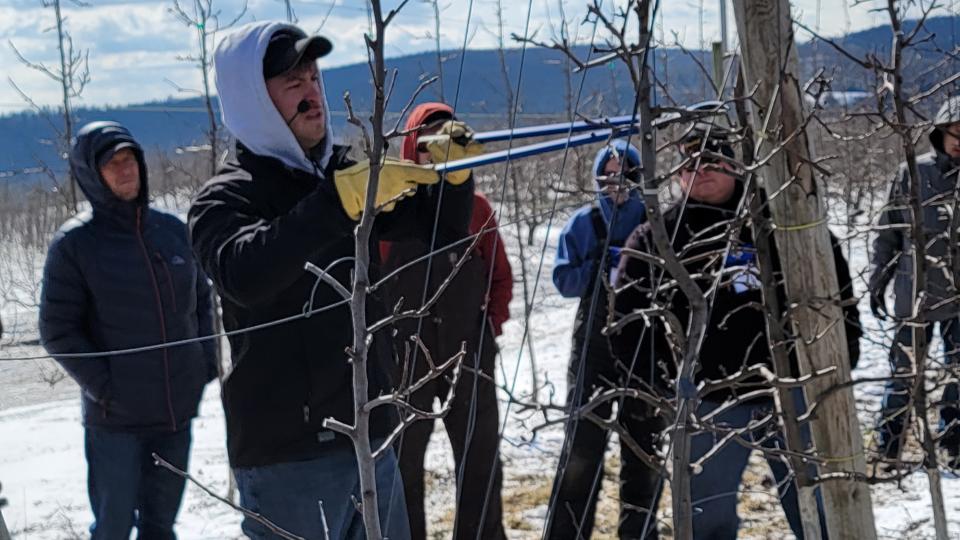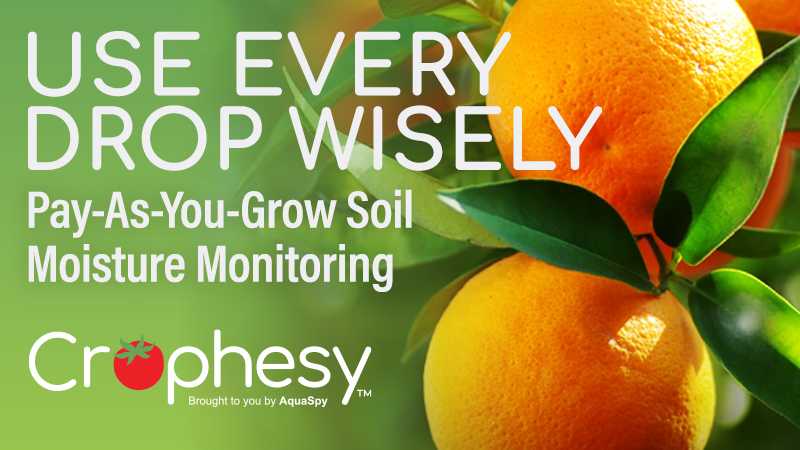Pondering the Best Way to Prune Tree Fruit: Art vs. Science
When I first started writing about fruit growing more than two decades ago, I was taken by the notion that many growers considered pruning an art. I thought it was rather fanciful, and out of place. Having spent a few years covering business at a newspaper, I was used to people making decisions based on numbers. The idea that art entered into it was intriguing. It had a certain unique appeal that I hadn’t found in most other businesses.
Turns out my instincts were probably right. A lot of people think romance is all well and good, but not when it comes to business, and farming is first and foremost a business. I’m obviously not talking here about people who have day jobs and “farm on the side,” or just farm smaller, specialized acreage, but professionals whose income comes from fruit.
Pruning came up — as it always does — at the excellent recent International Fruit Tree Association (IFTA) 65th Annual Conference and tour in Hershey, PA, and nearby “Fruit Country.” During a pruning demonstration at Mt. Ridge Farms in Adams County, IFTA Chair Jeff Cleveringa noted that the pruning cuts they were making to the trellised, modern orchard were logical and based in science. The idea, he says, is to get away from a pruning ratio of 80% art to 20% science as it is with larger, old-fashioned trees, and turn it on its head: 80/20, with science dominating the decision-making. I had never heard the concept explained so concisely; I could instantly understand it and why it was preferable.

The stop at Mt. Ridge featured the traditional IFTA pruning discussion. It was practically balmy for a winter IFTA tour, as temperatures didn’t even drop into the teens.
Photo by David Eddy
You can learn more about the apple business on the IFTA tour bus than you can just about anywhere else. I got to talking about this topic with Trevor Hardy, who, along with his dad Chip, was our 2021 American Fruit GrowerSM Apple Grower of the Year. (Incidentally, the nomination period for this year’s award is coming up in May.) Trevor says the 80/20 formula fits what many growers believe they need to be successful: a systems approach. It’s based in science, it’s logical, and perhaps most importantly, it can be taught. Whether giving instructions on pruning today, or (hopefully) on how to operate a mechanized unit tomorrow, it’s a tutorial that requires a certain level of intelligence. Artistic sensibility, something far more difficult to gauge — not to mention highly subjective — doesn’t enter into it, thankfully.
Today’s worsening labor situation really makes this one a slam dunk. Large trees requiring a large degree of artistic skill to prune simply need to be pulled in many cases, following the lead of the many highly skilled, primarily Hispanic workers who have made the industries requiring hand labor go for so many years. Their average age is nearing retirement, and those old orchards generally need to follow. Everywhere I go in this country, I hear the same story: Each year, there are fewer of these older artists available. The people just aren’t there. So, all you mechanization start-ups: I wish you the best of luck.
There is one other unusual aspect to it I have found that thankfully isn’t going away: Fruit growers are willing to share their mistakes. I overheard that comment on the IFTA tour bus and was nodding my head when another grower said, “It’s the best way to learn!” Then from the back of the bus came the shout, “It’s the only way you learn!”
Problem is, most people aren’t secure enough to admit their mistakes. Which is too bad, because I’m a big believer in the credo that if you aren’t making mistakes, you aren’t trying hard enough. I’m just glad to be associated with an industry populated by folks who not only aren’t afraid to make mistakes, they’re not afraid to talk about them, and IFTA provides an ideal outlet.









